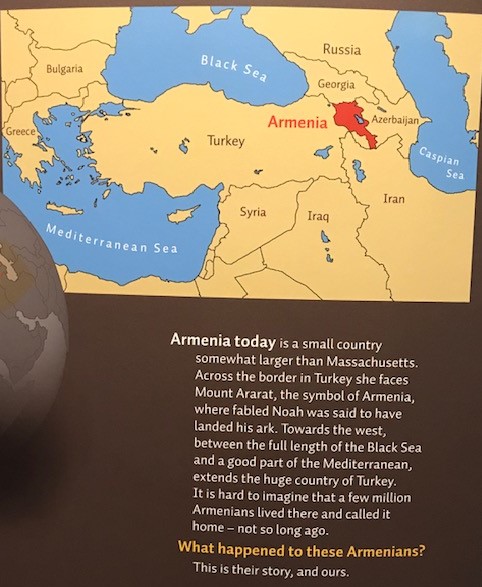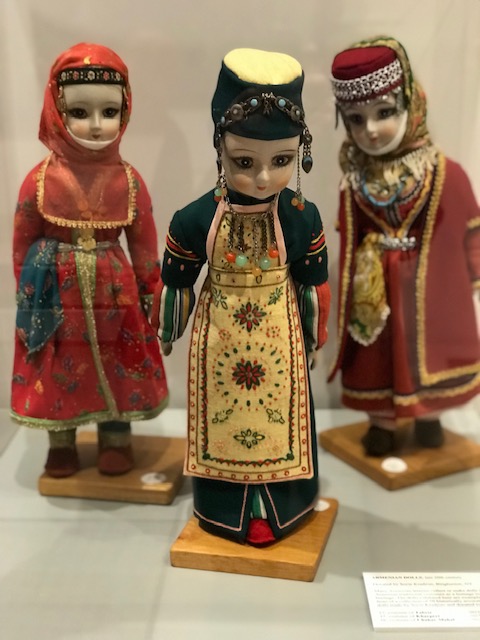Ancient Armenia:

 (Armenia today)
(Armenia today)
Armenia’s conversion to Christianity between 301-314 AD made it the first state in the world to adopt Christianity as its official religion, predating Ethiopia (330 AD) and Rome (380 AD). Religion was a key component in the conscious effort to establish a distinct identity in the region.
Religion also formed the foundation of their social systems, arts, and education.
The first complete printed Armenian bible is dated at 1666. But during ancient and medieval times the books comprising the Bible were laboriously copied by hand, with each book bound separately and traded between churches. The printing press made it possible to publish the separate books together as a complete bible in 1666, with woodcut illustrations taken from the 1857 Dutch Bible Sacra. One thousand copies were printed but only about one hundred survive today, five of which are held in the collection of the Armenian Library and Museum of America.
Christianity found its way into every facet of Armenian life. This 1735 copper tray depicts Christ and the 12 Apostles . It was designed and commissioned by the monk Elija, who donated it to the Armenian Catholicos Ghoukas I Atchabahian The inscription in classical Armenian is in rhymed verse, suggesting that the designer was highly educated. The tray was saved from destruction during the Armenian Genocide by a man named Garabedian, who strapped it to his back (it weighs 80lbs) and climbed across the Taurus Mountains with it. He brought it to Lebanon and it was subsequently shipped to New York City.

Armenians are famed for their beautiful religious art: church architecture, illuminated manuscripts and intricate Khatchkars (stone crosses). But the most famous form of artistic expression was through textiles. From time immemorial Armenian women have created and ornamented clothing and created works that delighted the wearer and viewer. A bride’s worth and reputation was judged by her hand skills.
This embroidered panel from the late 19th century has a dark blue handwoven cotton fabric base, embroidered with interlaced embroidery (called nakash) in circles, crosses and other geometric designs.

The art of doll making, once specifically intended for children, became a means of expressing the yearning for a lost homeland for Armenian-American women. Dolls are a means of celebrating the lost traditions of folk dress that once defined all Armenian women, identifying their ethnicity, social class and region of origin.

Next time, more about the Armenian people and how they found their way to America.
